Lebo M steals the show at the 30th anniversary concert of ‘The Lion King’ in Hollywood
Renowned Grammy-award-winning composer and producer, Lebo M, takes center stage at Hollywood Bowl’s 30th anniversary celebration of The Lion King in Concert. The 30th anniversary event brought together a star-studded cast, including Lebo M and the original voices of the 1994 The Lion King animation cast Ernie Els, Nathan Lane and Jason Weaver, with guest appearances by Jennifer Hudson and North West. The evening was a resounding success, with Lebo M receiving multiple standing ovations and thunderous applause from the packed audience.
The concert was a nostalgic and visually stunning journey that transported fans to the 1994 animated Pride Lands. Lebo M’s captivating performance was a highlight of the evening, showcasing his incredible talent and illustrious catalogue with fans singing along to every song and cheering for more.
In attendance were celebrities such as Kim Kardashian, Kourtney Kardashian, Travis Barker, Kanye West, Boity and Zakes Bantwini. This was a particularly special moment for Lebo M, whose music career began in Los Angeles three decades ago with the iconic ‘The Power of One Soundtrack’ released in 1992 as the first project between Lebo M and Hans Zimmer.
“The 30th anniversary concert of The Lion King at the Hollywood Bowl was a deeply personal and momentous occasion for me. It felt like coming full circle in the most magical way,” expresses Lebo M.
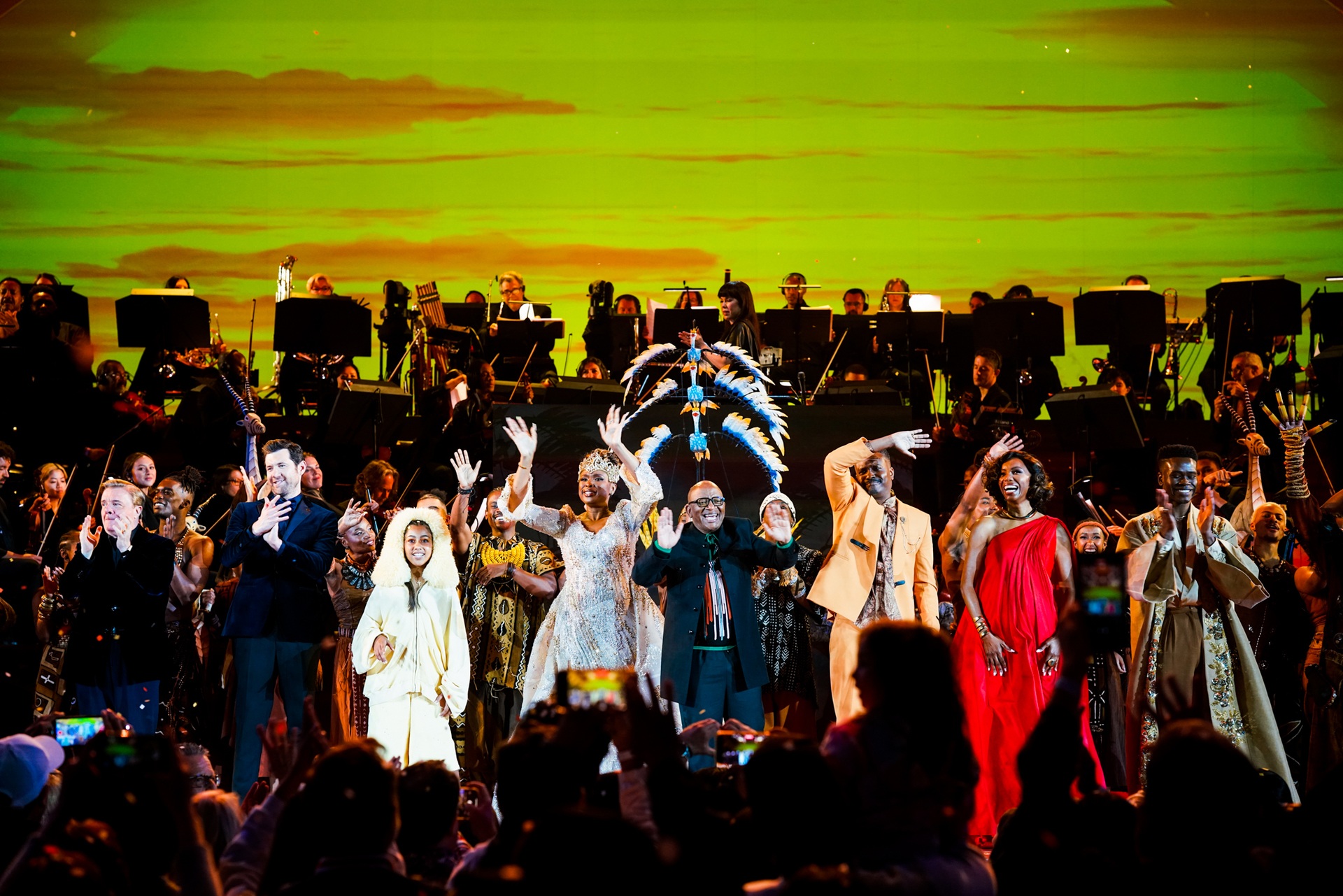
Lebo M’s historic performance included the iconic ‘Nants’ingonyama’ in The Lion King 1994 release performed by Jennifer Hudson, Lebo M and Rafiki and composed by Elton John, Tim Rice, Lebo M and Hans Zimmer; ‘Shadowland’ performed by Heather Headly (originally entitled: Lea Halalela from Rhythm of the Pride Lands) and composed by Lebo M and Hans Zimmer; ‘One by One’ performed by Lebo M and The Lion King Cast and composed by Lebo M; ‘Endless Night’ (originally entitled: Lala from Rhythm of the Pride Lands) performed by Bradley Gipson and composed by Lebo M and Hans Zimmer; ‘King of Pride Rock’ performed by The Lion King Cast and composed by Lebo M and Hans Zimmer; ‘He Lives in You’ performed by Lebo M and composed by Lebo M and Mark Mancina.
The Hollywood Bowl’s 30th anniversary celebration of The Lion King in Concert comes off the back of the announcement of Disney’s ‘Mufasa: The Lion King’ slated for December 2024 which will feature new songs by Lebo M.
Keep posted to Lebo M on social media as he continues his US tour as part of the Hans Zimmer World Tour, and for more exciting news to be announced soon from the highly celebrated Grammy-award-winning composer and producer with numerous accolades
under his belt such as various SAMAs including 2x Lifetime Awards, a Tony nomination, and an Ivor Novello UK song writers win just to highlight a few.
Connect with Lebo M:
X: @therealLEBO_M
Instagram: @thereallebo_m
Image credit: Blaq Smith
Press release courtesy of Sheila Afari PR
For more news, visit the Connect Everything Collective homepage www.ceconline.co.za





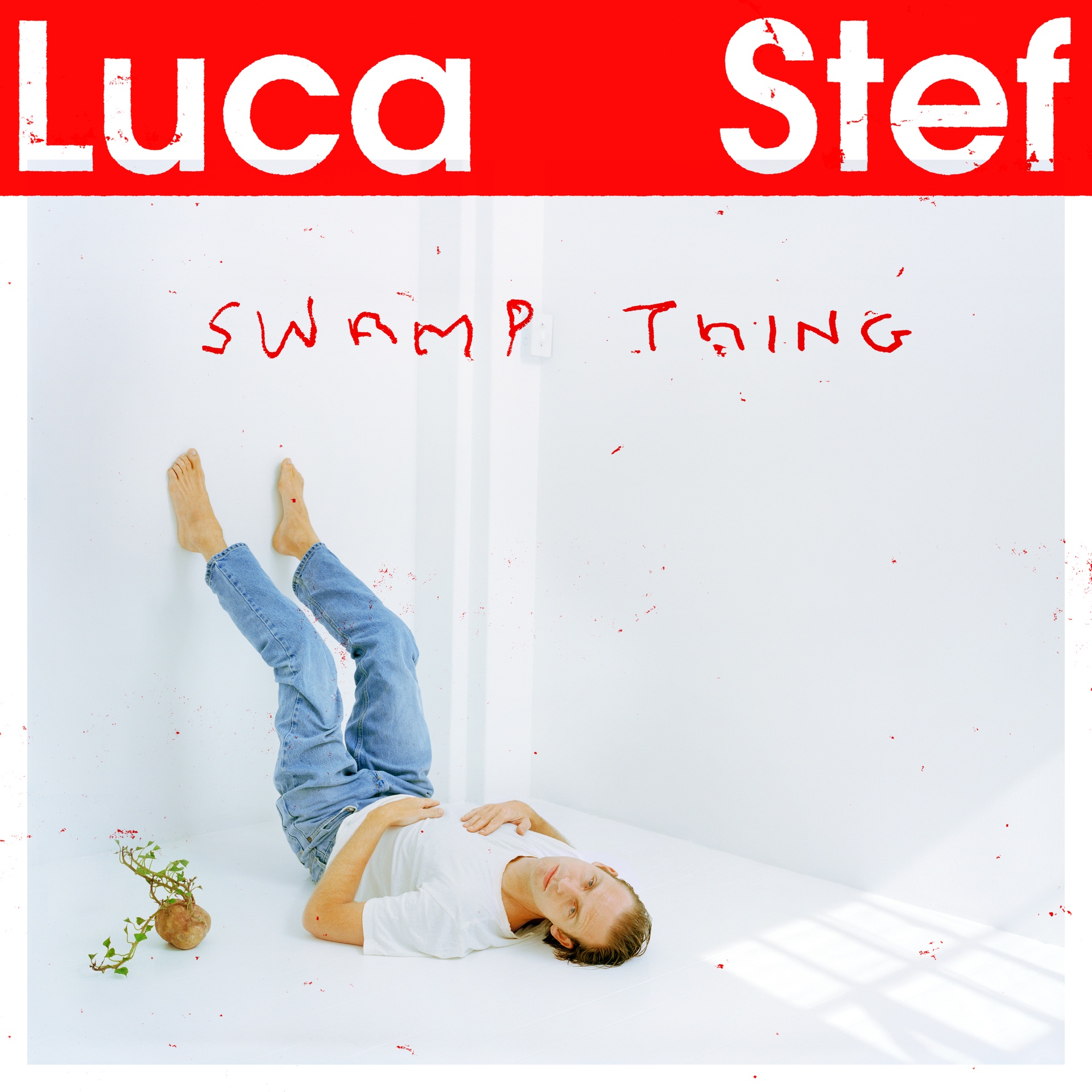

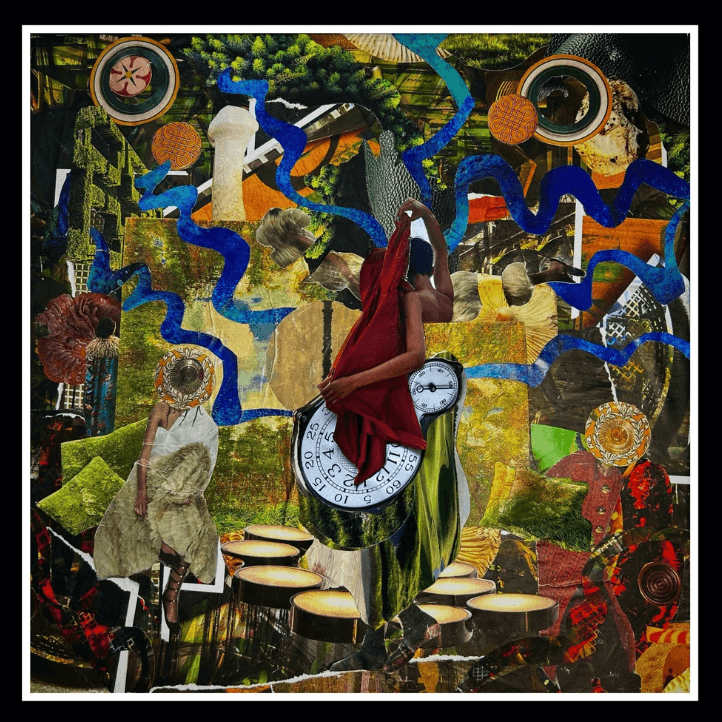


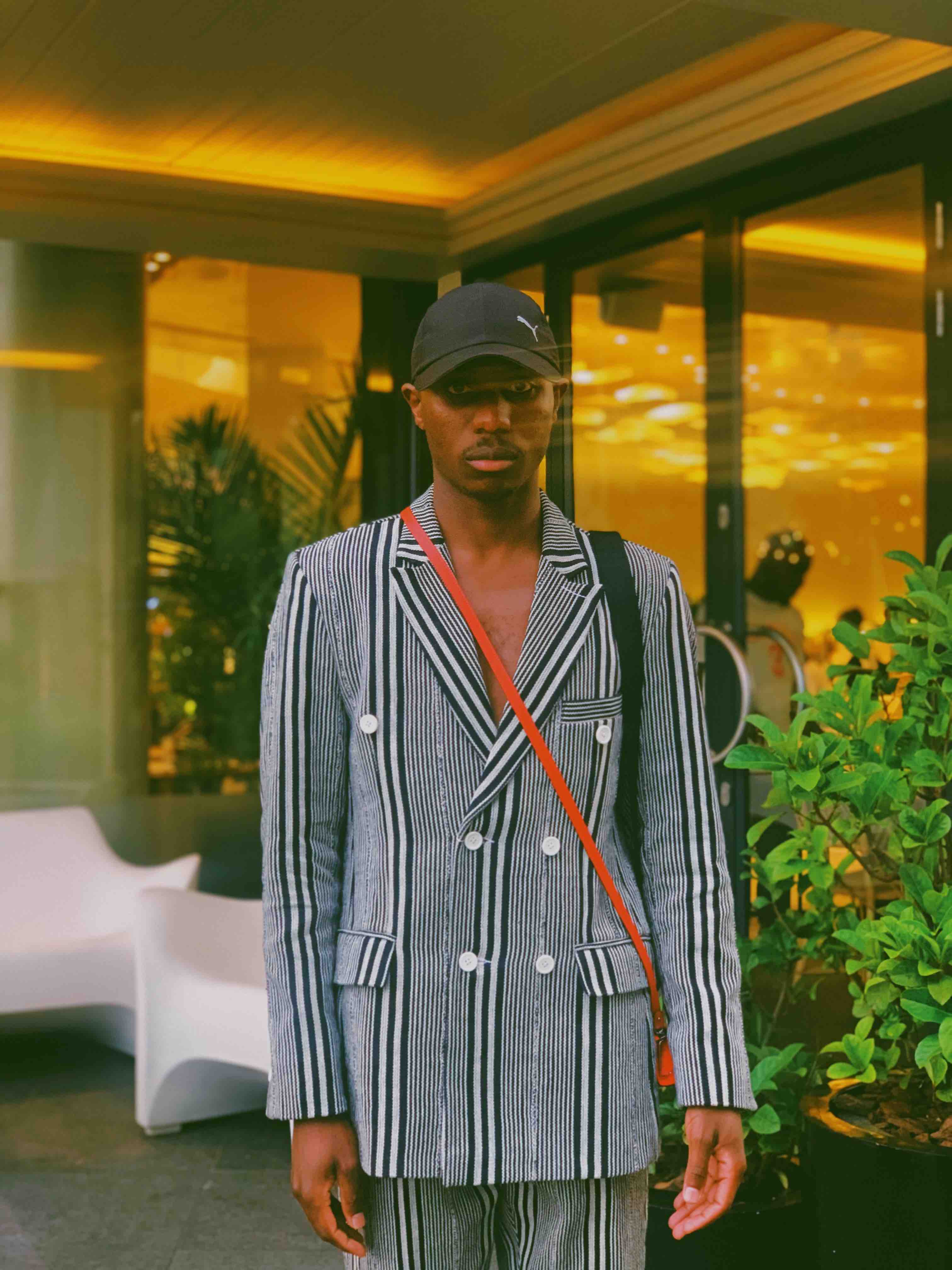
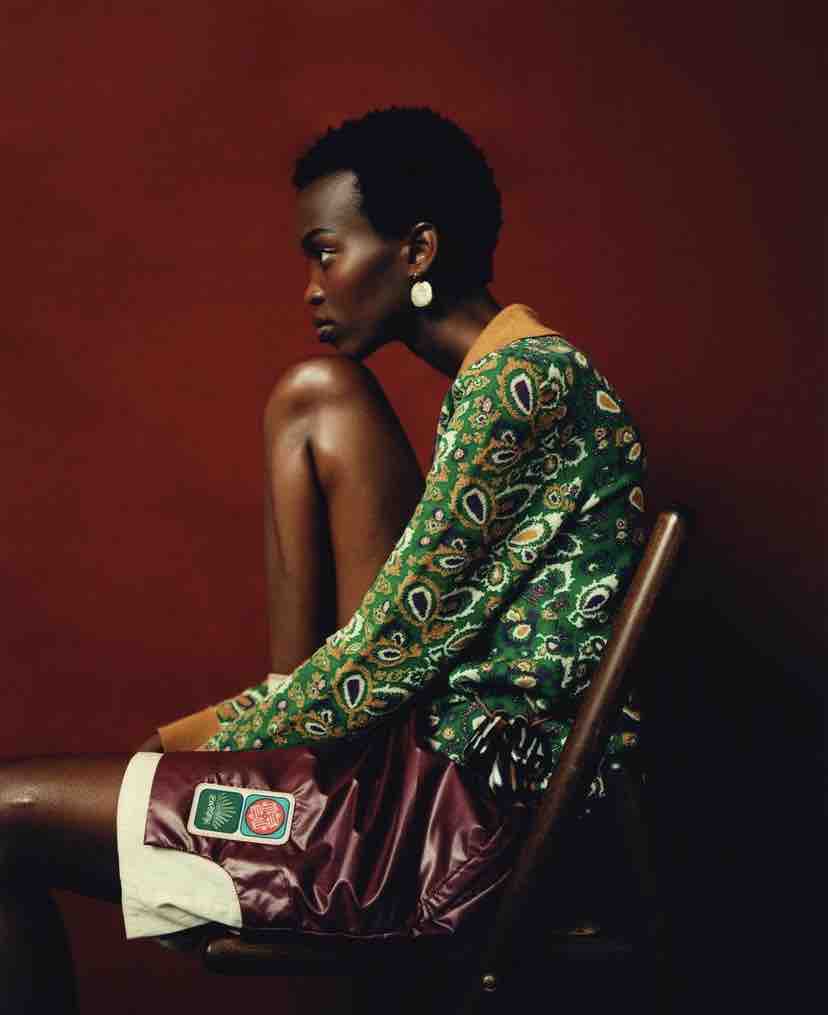
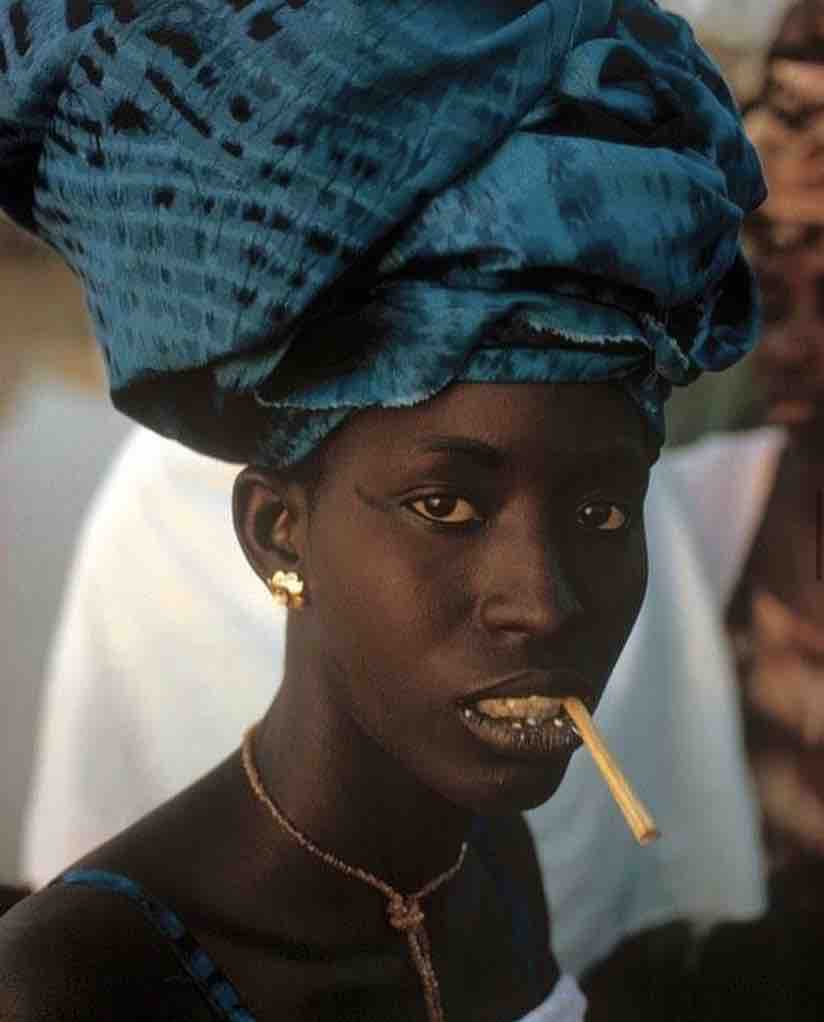
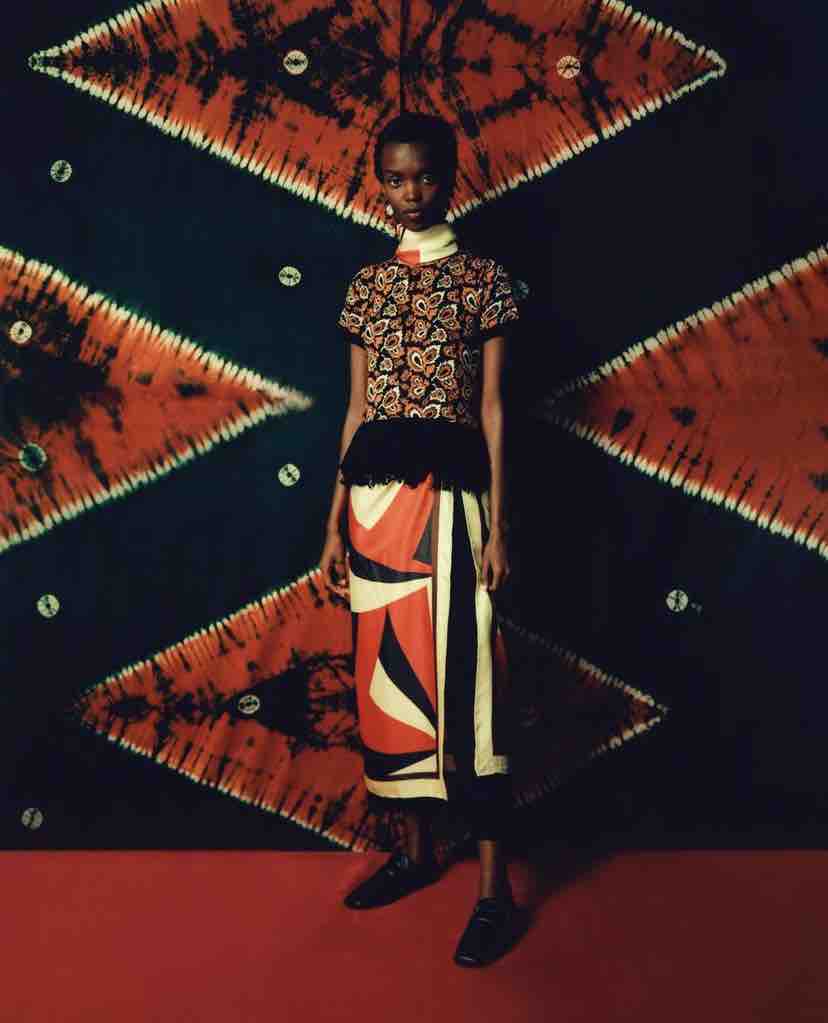

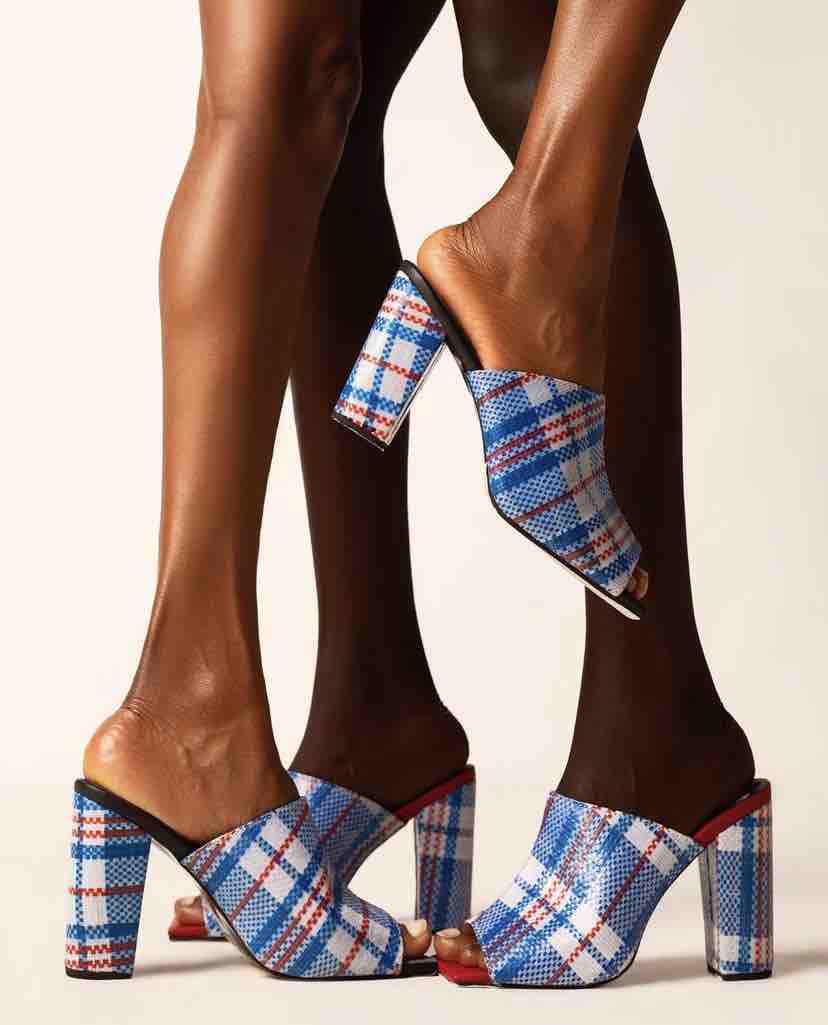

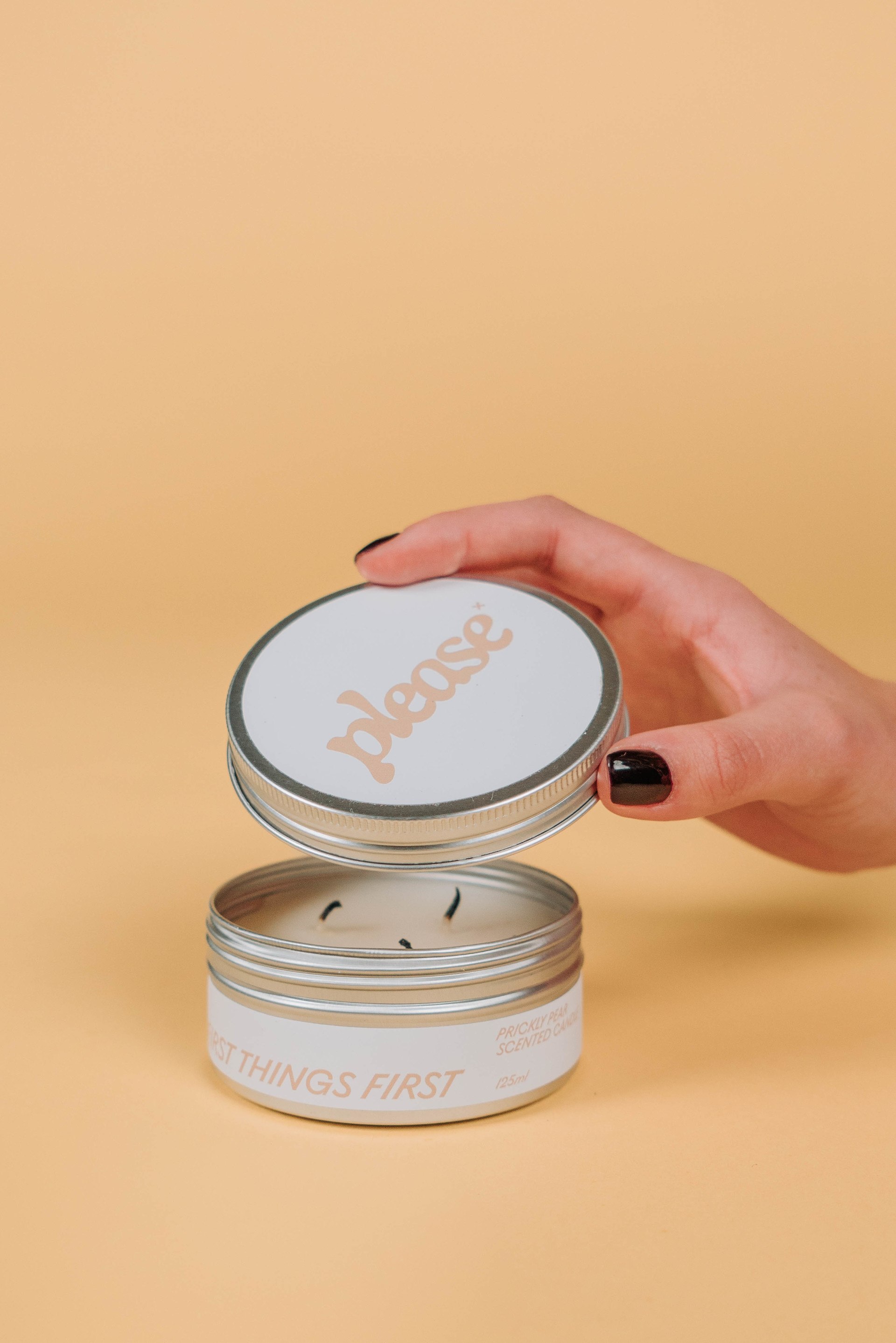
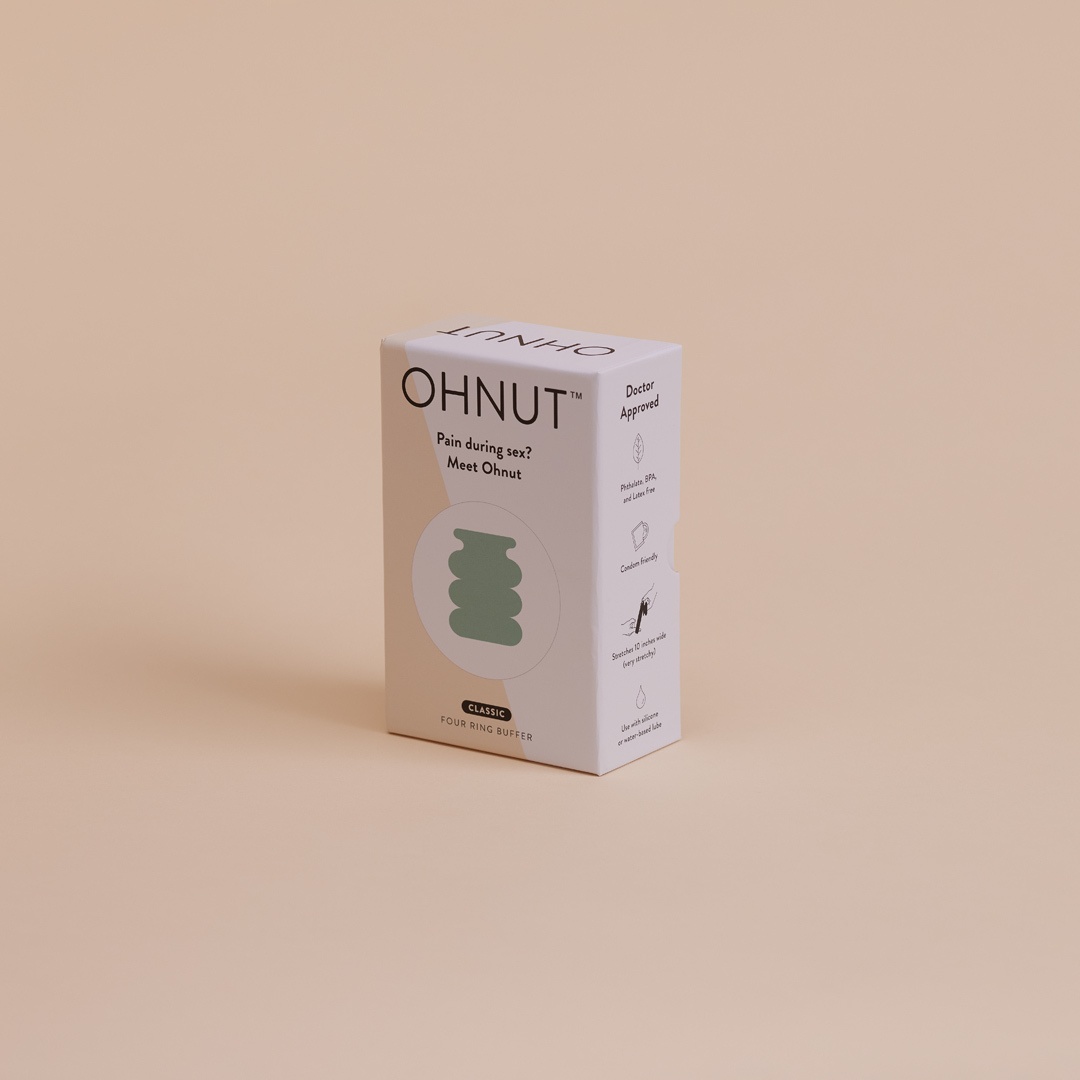
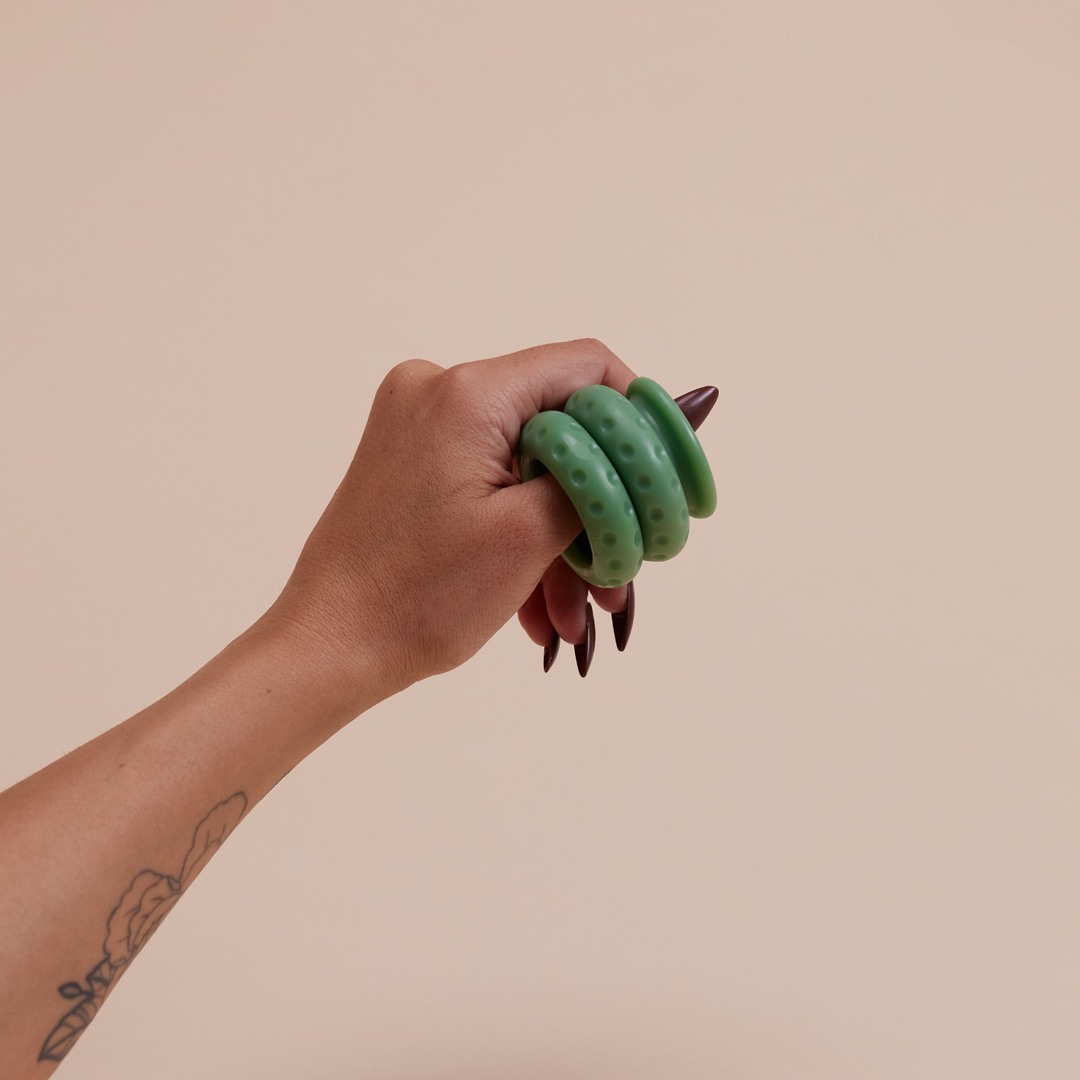

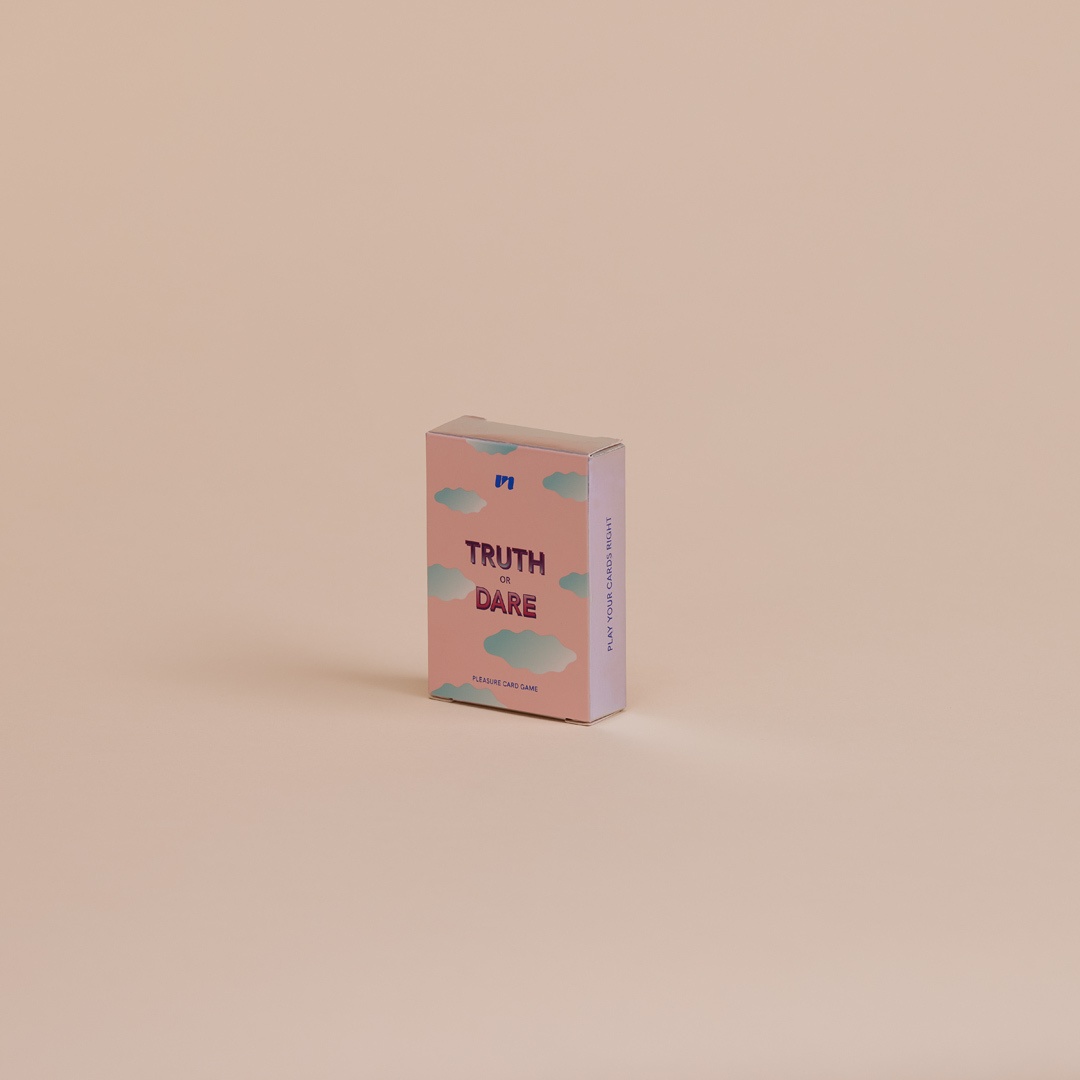
Recent Comments